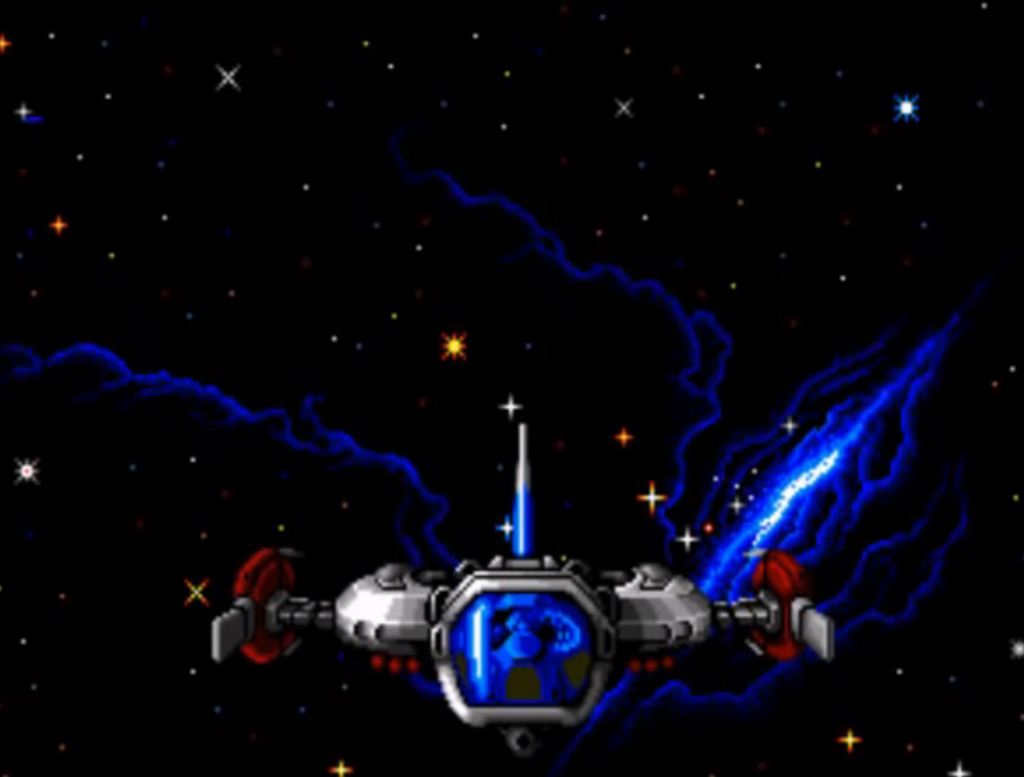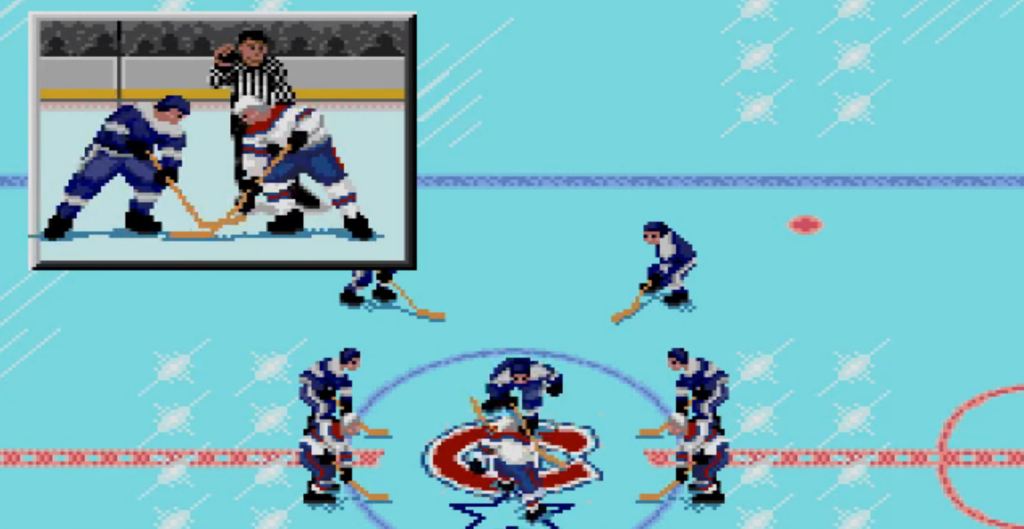[ad_1]
The SNES version of Taz Mania is an over-the-shoulder racing game that asks players to run down long stretches of road while eating birds. Its graphics are sharp and clean, and its sound effects sound like they were ripped straight out of the show. However, those levels play the same no matter what you do. All you do is just race to eat as many birds as you can. Also, Taz’s iconic spin move drains his health, which really seems counterintuitive.
Meanwhile, the Genesis version of Taz Mania is a much more traditional sidescroller. Players still need to reach the finish line, but they get to enjoy a wider variety of locales, and even a few boss fights, along the way. Granted, the Genesis version’s graphics and sounds are a touch worse, but they are still good nonetheless. Besides, a fun, if typical, platformer is always superior to a boring racer.

11. Thunder Force 3 (And Most Other Shmup Games)
Shoot ‘em ups (or Shmups for short) used to be everywhere. They made for great arcade fodder since they were difficult (and addictive) as hell. Porting that genre to consoles was a no-brainer, but gamers soon learned that many consoles just weren’t able to recreate the best Shmup experiences. However, the Genesis almost always offered the superior versions of some of the best console shoot ‘em ups of that era.
Visually, many shared Shmup titles on both platforms were usually identical, but the Genesis’ processor was better designed to handle those kinds of games. Titles such as Gradius 3 and Super R-Type were hamstrung on the SNES by horrendous lag and slowdown that could strike without warning. The SNES versions of games like Thunder Spirits got off a bit easier since they suffered less from slowdown, yet a side-by-side comparison with that title’s Genesis counterpart (Thunder Force 3) reveals faster (and generally more enjoyable) gameplay.

10. NHL ’94 (And Pretty Much Every Other EA Sports Game)
Electronic Arts doesn’t have the best of relationships with Nintendo. Most of EA’s library isn’t available on Nintendo’s consoles, and EA’s complicated relationship with the Switch (and refusal to dedicate many games to it) is well documented. This is nothing new, as EA favored Nintendo’s competitors as early as the SNES era.
Generally speaking, sports games on the Genesis looked and performed better. That console’s processor was more suited to rendering larger numbers of sprites at once, which obviously proved to be a tremendous advantage when it comes to digitally recreating most major sports. While the argument between art style and graphical fidelity currently favors art style (at least in many circles), the Genesis and its EA sports titles demonstrated that graphical fidelity has its place.
[ad_2]